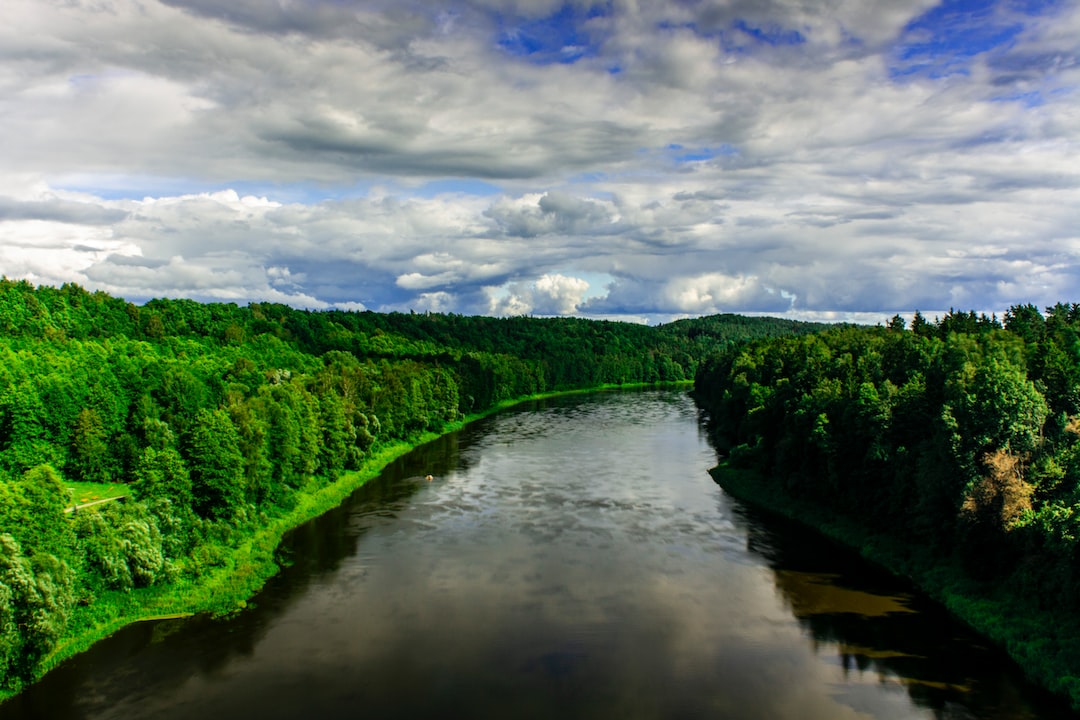How to Make Eco-Friendly Beeswax Wraps
In this era of increased environmental consciousness, it is no wonder that people are seeking out more sustainable alternatives to single-use plastics. One such alternative gaining popularity is eco-friendly beeswax wraps, which are a sustainable and practical alternative to plastic cling wrap. Beeswax wraps are not only a great way to reduce plastic waste but also a fantastic DIY project for anyone interested in creating handmade, sustainable products. In this article, we will guide you through the simple steps of making your own eco-friendly beeswax wraps.
To start off, gather the necessary materials: beeswax pellets, lightweight cotton fabric, pinking shears or fabric scissors, a grater, a baking tray, and parchment paper. The fabric you choose should be breathable and lightweight as it needs to absorb the melted beeswax.
Firstly, measure and cut your fabric into desired sizes using pinking shears, which will help prevent fraying edges. Popular sizes for beeswax wraps are typically 8×8 inches or 12×12 inches, but feel free to adjust according to your needs.
Next, preheat your oven to approximately 185°F (85°C). Line a baking tray with parchment paper and place your fabric pieces flat on the tray. Sprinkle a generous amount of beeswax pellets evenly over the fabric pieces. Be sure to cover the entire fabric, as the beeswax acts as a natural sealant.
Once your oven is preheated, place the tray on the center rack for about 5 minutes or until the beeswax has fully melted. Keep a close eye on the wraps to prevent overheating, as prolonged exposure may cause the wraps to become brittle.
Once melted, carefully remove the tray from the oven. Using a brush, spread the melted beeswax evenly over the fabric, making sure to reach each corner. This step ensures that the entire fabric is coated and able to effectively seal your food items.
Lastly, hang the wraps to dry for a few minutes until the beeswax hardens. Once dry, your handmade beeswax wraps are now ready to use! They can now be used to wrap fruits, vegetables, sandwiches, or any other food items you would typically use plastic wrap for. The heat of your hands will slightly soften the wraps, allowing them to mold around the item you are wrapping and create a tight seal.
By making your own eco-friendly beeswax wraps, you not only reduce your plastic waste but also have the opportunity to be creative with fabric patterns and sizes to suit your personal style and needs. handmade river tables
In conclusion, handmade beeswax wraps are a wonderful alternative to single-use plastics and a simple, eco-friendly DIY project. By choosing to make and use these wraps, you are taking a positive step towards a more sustainable and greener future. So, gather your materials, get creative, and start wrapping your food in this environmentally friendly solution.


